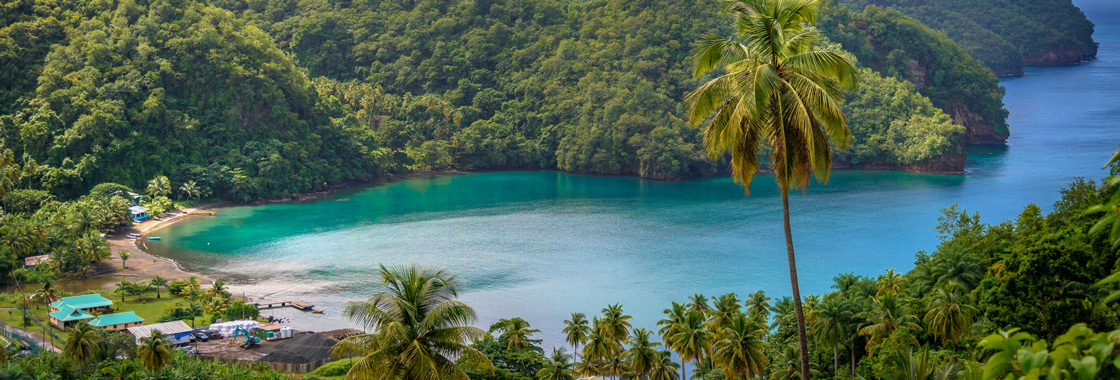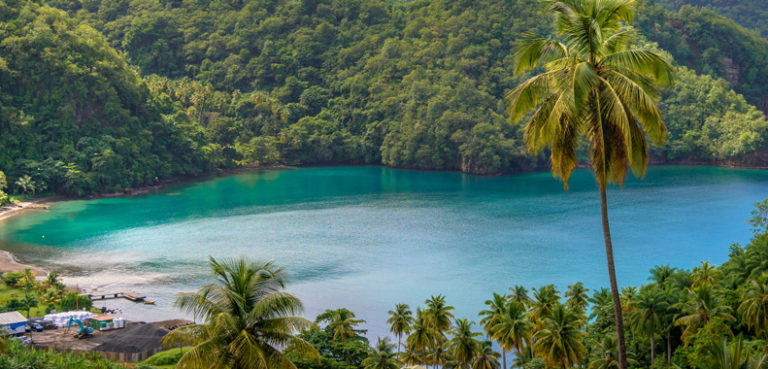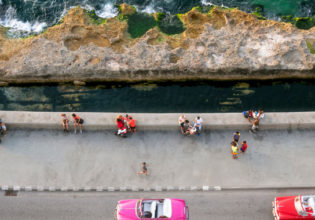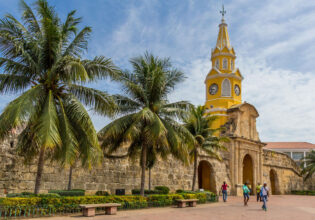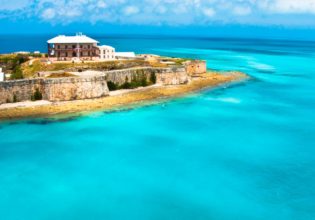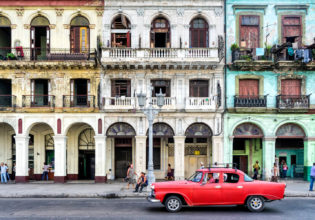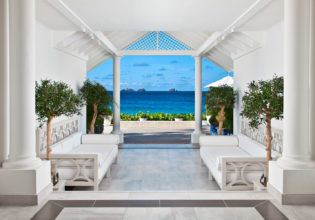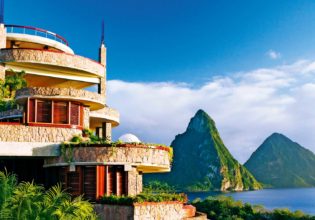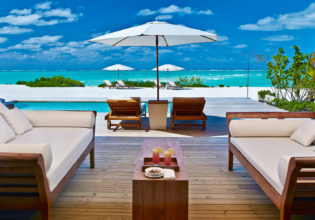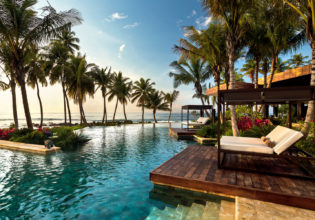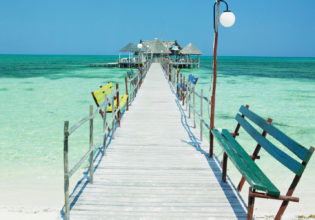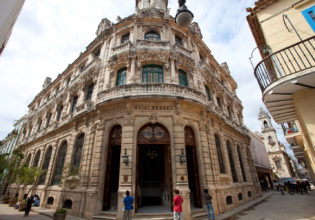Where else can you see 365 beaches on one island, enjoy a pina colada where it was invented, meet an Indigenous tribe long since thought to have disappeared, admire 13 different species of wild hummingbirds in one day and climb a volcano? Welcome to our Caribbean travel guide.
The Caribbean, of course. Known for its stunning beaches and laid-back vibe, the Caribbean encompasses more than two dozen nations and 7000 islands and cays.
Visitors come for the scenic beauty especially the stunning beaches, nature, unique history and culture, food, lively festivals, spas, caves, boating, golf, botanical gardens, and an opportunity to relax and unwind in a sunny, tropical paradise.
The islands are quite varied geographically, encompassing semi-arid deserts (Aruba and Curacao), lush rainforests (Puerto Rico, Grenada, St. Lucia and Dominica) and abundant coral reefs and marine life (Bonaire, Cayman Islands, St. Lucia and Tobago).
The bigger islands – Jamaica, Cuba, Dominican Republic and Puerto Rico – offer a little bit of everything including history, cities, beaches and water sports, botanical gardens, spas, golf, lively nightlife as well as quiet hideaways.
There’s plenty of history to be found, especially in some of the capital cities with their centuries-old government buildings, mansions, museums and churches. Havana, Cuba, alone has 700 Spanish colonial buildings and a bevy of 1950s-era cars giving it the appearance of a place frozen in time (due in large part to the US trade embargo against the country).
Some islands have a particular claim to fame: Grenada is known as the Spice Island (tour a nutmeg processing plant and visit spice plantations); Trinidad is renowned for its pre-Lenten carnival (you can even buy a costume and ‘play mas’); while Bonaire is popular among divers. And a few islands are closely associated with certain styles of music: reggae in Jamaica; merengue in the Dominican Republic; salsa, son, rumba, trova and more in Cuba; calypso and soca in Trinidad; and zouk in Guadeloupe and Martinique.
The islands are accessible to everyone from the budget-minded to those desirous of the ultimate in luxury (think private islands and butler service).
Many people choose to sample several Caribbean islands in one trip by taking a cruise.
If you want a place to unwind and don’t care much for sight-seeing, consider the smaller islands in and to the south of the Lesser Antilles, such as Tobago, Barbuda, and Anguilla. Many are free of fast food chains, casinos, cruise ships, jet-skis and mass tourism; they just boast fabulous beaches and some of the best restaurants in the Caribbean.
For more upscale seclusion, the Caribbean has plenty of private or secluded islands from which to choose. The Grenadines alone has Mustique, secluded Petit St Vincent, and the five uninhabited islands of the Tobago Cays.
On Necker Island (owned by Sir Richard Branson) in the British Virgin Islands, you could spend the day all alone or potentially rub shoulders with rock stars or A-list celebrities.
Other secluded hideaways can be found on more affordable islands including Tobago and Barbuda, where you can easily find a gorgeous, deserted beach to call your own.
With 7000+ islands, the Caribbean has more than a few off-the-beaten-track possibilities. These are some places with few tourists where tranquility reins supreme: Anguilla, Barbuda, Bonaire, Carriacou, Dominica, Nevis, Montserrat, Saba, St Eustatius, St Vincent and the Grenadines, Tobago, the Turks and Caicos (except Providenciales), and Vieques Island in Puerto Rico.
Lodging options on these islands include resorts (the most popular), inns and B&Bs. Condos, time-shares, and villas generally offer more space, kitchen facilities and are ideal for families or groups of friends. They can often be less expensive than hotels, especially if travelling with a group. The whole island of Montserrat is basically off-the-beaten-track – there are several villa options, many of which offer good value and some have pools.
